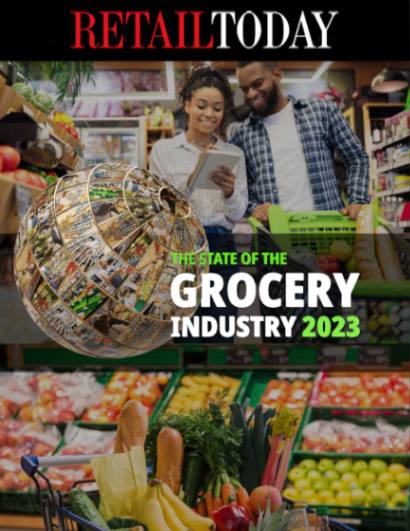Store brands are winning market share at a rapid clip, but those gains could vanish unless they act now to cement the loyalty of newly acquired customers, writes Todd Maute, a Partner at brand strategy and design consultancy CBX, in a column for storebrands.com.
Complacency is a particular danger for store brands that have benefitted from the way the pandemic has skewed supply and demand, he writes. “Humans all over the planet are laying low, so don’t store brands have wide latitude to do the same? Absolutely not.”

In the July 22 opinion piece (“Seize the Moment“), Maute lauds retailers for the progress they have made in creating compelling store brands. At the same time, he notes, there’s a simple reason for a substantial portion of their more recent market-share growth: Many national brands are available neither at shelf nor online.
“When you can’t find your usual pick for toilet paper, disinfectants or frozen pizzas, you’ll take whatever’s available,” writes Maute, who works with clients across multiple channels of trade, including grocery, pharmaceutical, mass, pet specialty, consumer electronics, convenience, office, home improvement, warehouse clubs and auto parts supply.
There’s a cautionary tale here: When the economy started to recover from the 2008 Global Financial Crisis, many consumers who had embraced store brands switched back to the nationals. “For them, buying store brands had been an economics-driven decision all along,” he notes.
The takeaway message: Don’t let history repeat itself; now is the time for store brands to surprise and delight their captive (almost literally) audiences, Maute writes. “Their competitors are distracted with struggles to keep enough product in supply. Why not seize the opportunity and do a better job of giving consumers what they want and need?”
To innovate quickly, reinforce existing brands and build new ones, retailers need to be able to pivot quickly, and brand strategy and design agencies can use collaborative, highly efficient methodologies to make that happen. The branding veteran cites CBX’s progress in shaving up to 18 months off of the typical development cycle for new products, brands and packaging via a newly launched initiative based on elements of Agile Scrum and Design Thinking.
The process is executed using anything from four to six “sprints” of two weeks each — short bursts of high-collaboration, time-boxed achievement of specific project goals, Maute explains.
“Store brands continue to make remarkable progress, but their competitors aren’t standing still,” he writes in the conclusion to the piece. “Forget about ‘sheltering in place.’ The mantra should be to ‘keep on moving.'”





